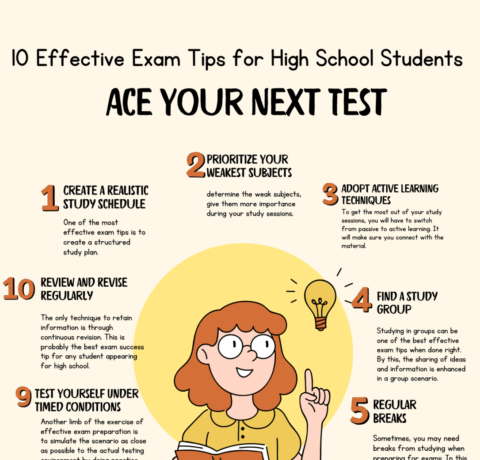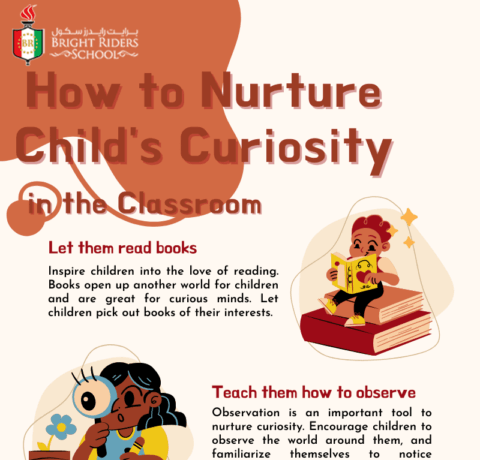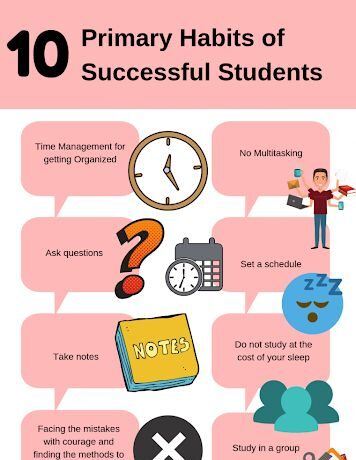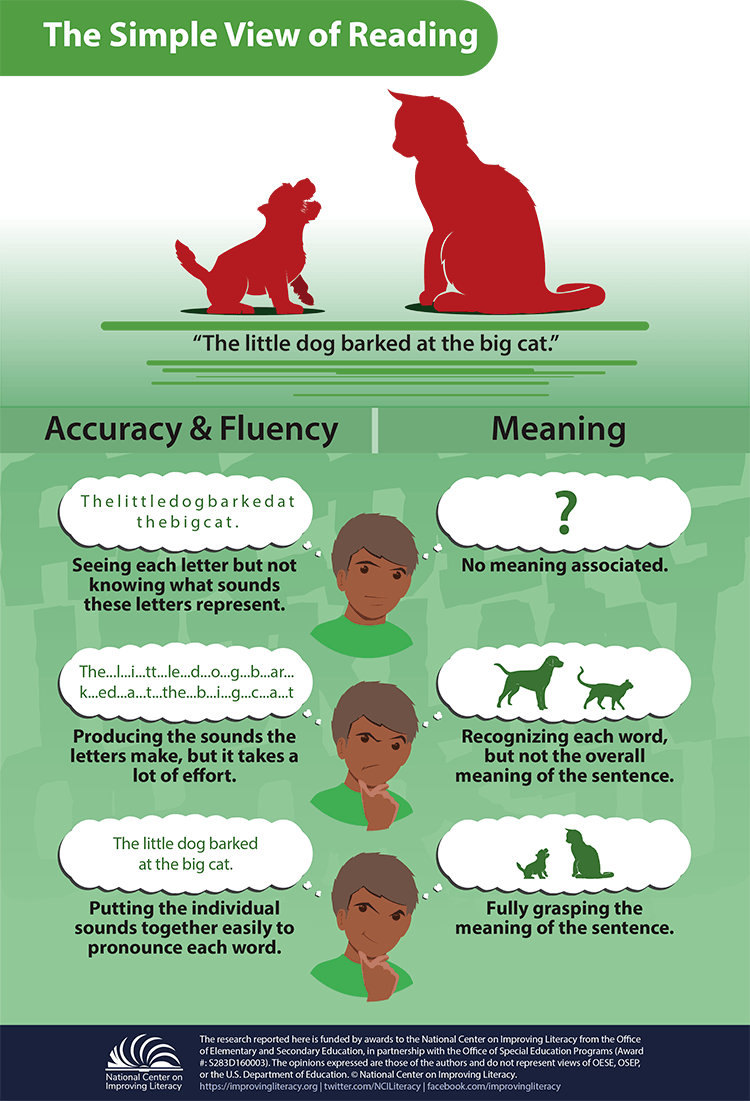The Simple View of Reading Infographic
Learning to read consists of developing skills in two critical areas: (1) Reading each word in texts accurately and fluently and (2) Comprehending the meaning of texts being read. This is known as the Simple View of Reading.
To read words accurately and fluently, students need strategies to read words they have never seen before in print as well as words they have previously encountered. To understand the meaning of texts, students must have sufficient language comprehension skills. For example, if a text says, "the little dog barked at the big cat," a proficient reader must be able to read each word accurately and also know what the words mean in this specific sentence.
Learning these skills does not come naturally. Both accurate word reading and text comprehension require careful, systematic instruction. And, once formal reading instruction begins in school, instruction in both of these areas should occur on a daily basis.
Accurate, Fluent Reading
Reading words accurately is complex: it requires the integration of visual, auditory, and cognitive skills. For example, reading the word “cat” accurately in print requires the following:
- Seeing each letter (three different letters in “cat”—visual acuity);
- Producing the sound each letter makes (in “cat,” each letter makes a distinct sound—auditory perception);
- Putting the individual sounds together to pronounce the word (the three sounds are put together quickly to produce “cat”—a cognitive skill).
Fluency improves as students become familiar with seeing the same words in print over and over. They begin to recognize these words automatically and can pronounce them quickly and easily.
Reading words accurately with increased fluency helps set the stage for figuring out what the text means. Reading “dig” for “dog” or “baked” for “barked,” or not having any idea how to accurately read or decode these words hinders comprehension.
Comprehending the Meaning of Text
To understand the example sentence about “dogs and cats,” students must know what dogs and cats are. They must know what “bark” means and understand that “little” and “big” refer to size concepts.
Background knowledge also assists comprehension. Understanding will be improved if students know something about why a dog might bark at a cat (which the sentence does not say explicitly). Students might also sense the irony of a little dog barking at a big cat.
Conclusion
Reading involves a complex integration of skills. Proficient readers seem to make the process look effortless, but reading instruction for all students requires systematic instruction in both word reading and comprehension. For students in the early stages of reading, or for those who struggle, reading is particularly difficult and requires careful instruction and intervention. Problem areas must be determined, and instruction and intervention to address these areas must be carefully planned and delivered.







You can adjust your cookie preferences here.